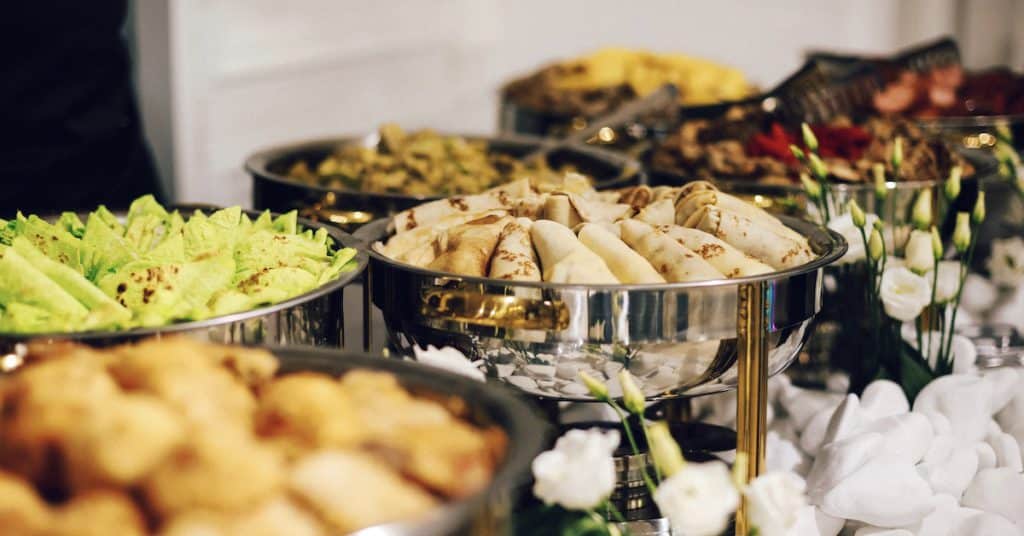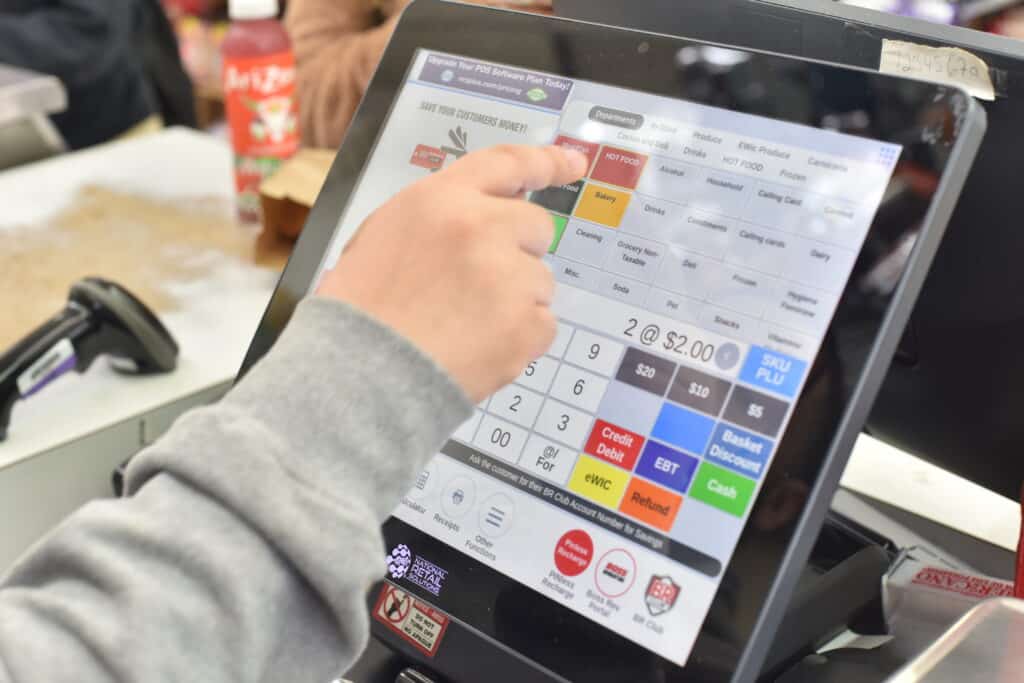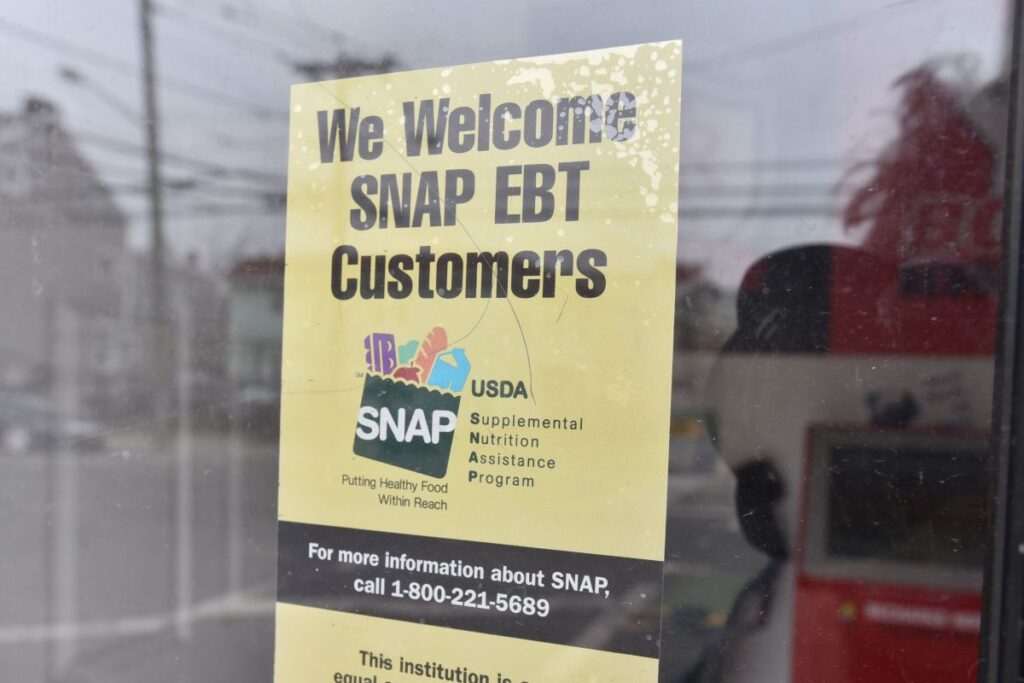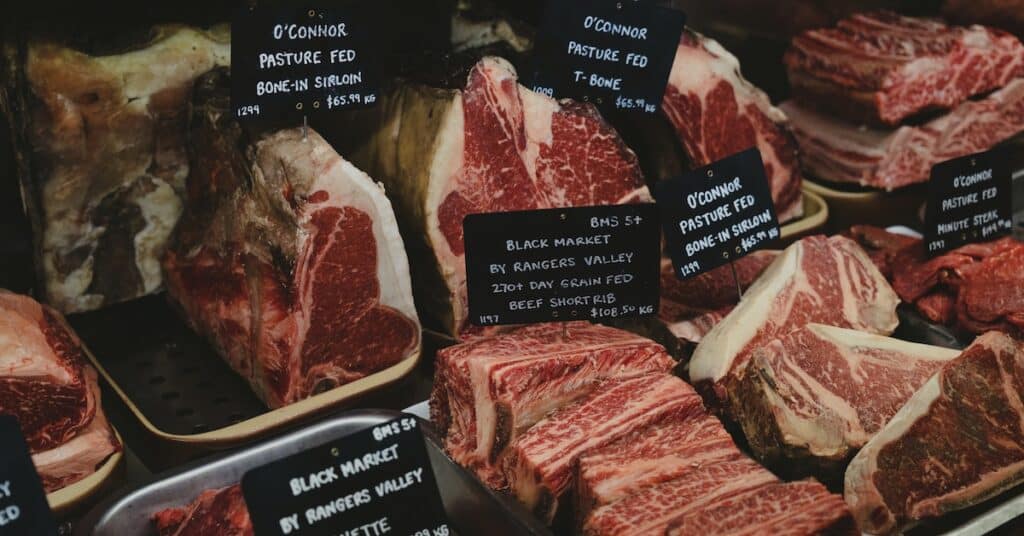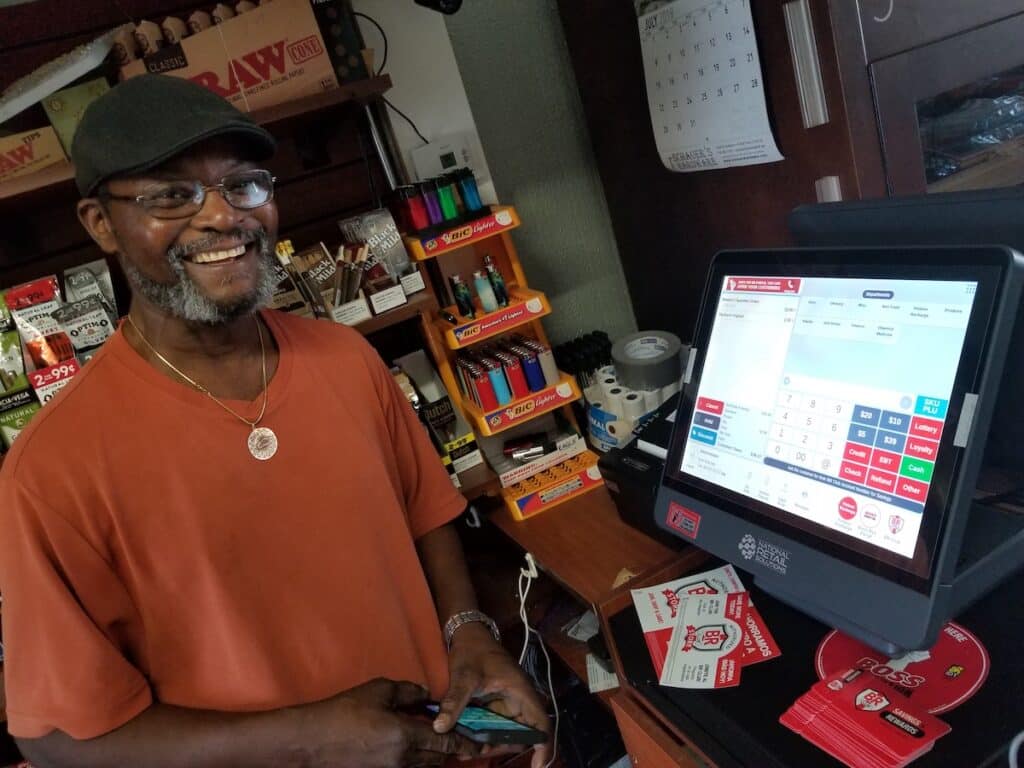You may enrich the celebration of a wedding, office parties, bar and bat mitzvahs, etc., by starting your own catering service. People always look forward to eating delicious cuisine, and if the food isn’t up to par, many may not enjoy their time there. That is why it is critical to ensure your catering meets everyone’s and that it meets your needs. To start your own catering business, you need to make sure your company has a strategy to budget for equipment, personnel, marketing, and advertising. Below is a helpful guide on how you can get started today:
After you acquire the necessary tools and equipment, you can also offer additional services such as coffee and tea urns, chafers, and carving stations to add to the event. Customers will be intrigued to add more to the event, which will mean that you will make more revenue. However, you must decide if you want to rent or buy the equipment you offer to your customers. According to NerdWallet.com, “At the beginning, you can rent anything you might ever want or need… And renting is great: You know what the cost is, and you don’t have the upfront cost of purchasing something.”
You may be creative with the menu and even inquire about the client’s preferences. Create a sample menu for the customer after you have a good understanding of what they prefer. For an all-adult party, include stations with a“ wow ” factor, such as a carving station, varied meats, and new dishes that many people haven’t tasted before. Make use of your imagination.
Another factor to bear in mind when planning a menu is to make sure that the food options are suitable for people with dietary restrictions. Customers who are gluten intolerant, have dairy allergies, or are vegetarians will require food during the event. If you’re stumped for ideas, look up popular foods that each group likes or come up with your own. As a catering company, you want to meet everyone’s demands so that clients can appreciate the diversity of culinary alternatives available to them without feeling left out. Everyone may now enjoy the occasion without worrying about whether or not they will be able to consume the food.
And, of course, choosing the best credit card processing plan for your catering business can help you save and make more money with payment acceptance convenience – and without hassles. NRS Pay offers a few programs to choose from, with a free credit card reader, zero surprise fees, and no early termination penalty – which means you can cancel at any time and never get hit with an exit fee. Learn more at nrspay.com or call 833-289-2767.
Catering Business Plan
When creating a business plan, there are many steps to be taken into consideration to ensure its success. You will need to consider the following: business insurance, cost of equipment, staff, food permits, products, sample menu, inventory, to name a few. Business insurance can help cover injuries on the job, property damage, vehicle injuries and can prevent you from paying more in any of these cases. When you have decided to go with an insurance plan, you have to look at the prices of equipment and how you will operate.What Equipment to Purchase For Your Business
If you have a facility for operating your business, you may need to purchase a mixer, ovens, pots and pans, refrigerator, freezer, etc. If you intend to travel with your food, you will need to buy a food cart that will properly transport your products to the event. If you do not have a food cart and must rely on another mode of transportation, your food will not be properly transported. Consequently, your customer will be dissatisfied that the food was ruined before the event. Your business will lose money if the customer does not get the food they asked for and was destroyed along the way. This is why it is crucial to have enough cars, trucks, and food carts to properly transport the food on time and handle the food.After you acquire the necessary tools and equipment, you can also offer additional services such as coffee and tea urns, chafers, and carving stations to add to the event. Customers will be intrigued to add more to the event, which will mean that you will make more revenue. However, you must decide if you want to rent or buy the equipment you offer to your customers. According to NerdWallet.com, “At the beginning, you can rent anything you might ever want or need… And renting is great: You know what the cost is, and you don’t have the upfront cost of purchasing something.”
Staffing
When operating on-site for an event, employing the correct people is critical in the catering industry. Workers must navigate through crowds, deliver meals on time, and keep track of guests who need assistance from the kitchen. It is vital for employees to maintain track of clients; otherwise, many customers may complain about your poor service, and you may receive negative feedback. Your employees must also know how to serve food and remove dishes from customers. You might want to look at what the proper etiquette is for serving your customers. If your employees are unaware of proper etiquette, conduct research and instruct them accordingly. When the event is over, your crew will also be responsible for cleaning, dismantling, and storing the equipment.There are many important factors to consider when hiring staff, but remember to do your homework on what experience is required to be a server and how to manage your staff members to do the job correctly during the event.Menu Choices/Specialty Food Types
When starting your own catering business, creating a menu may be the most enjoyable part. To start, you’ll need to decide what foods you’d like to prepare for each meal. As a caterer, you have the freedom to serve a variety of cuisines, but you must consider your guests’ tastes. For example, if you’re catering a children’s birthday party, you’ll need to figure out what they’d want to eat. Chicken nuggets, fries, burgers, hot dogs, and similar foods are popular among children.You may be creative with the menu and even inquire about the client’s preferences. Create a sample menu for the customer after you have a good understanding of what they prefer. For an all-adult party, include stations with a“ wow ” factor, such as a carving station, varied meats, and new dishes that many people haven’t tasted before. Make use of your imagination.
Another factor to bear in mind when planning a menu is to make sure that the food options are suitable for people with dietary restrictions. Customers who are gluten intolerant, have dairy allergies, or are vegetarians will require food during the event. If you’re stumped for ideas, look up popular foods that each group likes or come up with your own. As a catering company, you want to meet everyone’s demands so that clients can appreciate the diversity of culinary alternatives available to them without feeling left out. Everyone may now enjoy the occasion without worrying about whether or not they will be able to consume the food.
Marketing-Website/Form of Payment
Consider how and where you’ll promote your catering service. Food hospitality business guidelines, popular online sites, and billboards are all good places to start. In addition, you should create a website for your company. A website makes it simple to access your meals and other offers, ensuring that any celebration is memorable. Customers can also make payments online rather than visiting your store to run a credit card or drop off a check.And, of course, choosing the best credit card processing plan for your catering business can help you save and make more money with payment acceptance convenience – and without hassles. NRS Pay offers a few programs to choose from, with a free credit card reader, zero surprise fees, and no early termination penalty – which means you can cancel at any time and never get hit with an exit fee. Learn more at nrspay.com or call 833-289-2767.
